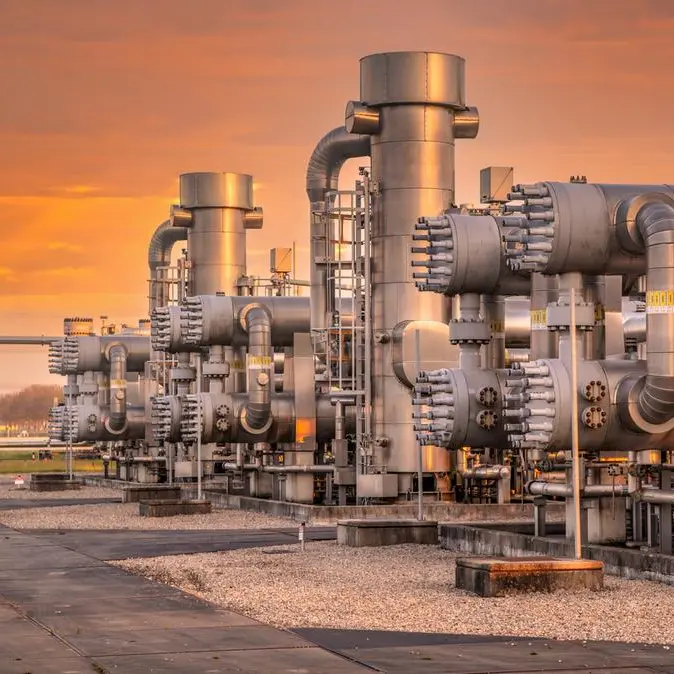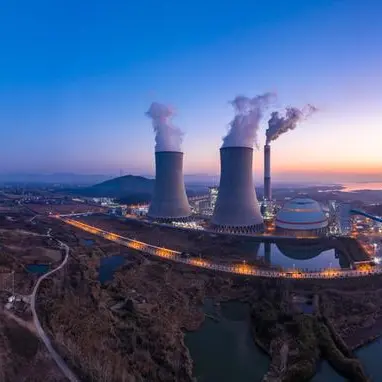PHOTO
LONDON- Oil traders' attention is focused this week on Vienna, where ministers from the Organization of the Petroleum Exporting Countries and its allies must decide whether to increase their output in the second half of 2018.
But the direction of prices over the next year will be more influenced by less visible developments in the major oil-consuming countries, especially the United States, Europe, China and India.
With available production capacity fairly fixed in the short-term, oil market rebalancing will depend on consumer reactions to higher prices.
Stocks of crude oil and refined products are now below their five-year averages and expected to continue falling in the second half of 2018 and through 2019.
OPEC's spare production capacity has shrunk to less than 2 million barrels per day (bpd) and is expected to fall to less than 1 million bpd by the end of 2019.
OPEC and its allies are discussing an output increase of 1 million bpd or more to avert future shortages and stock declines.
By adding barrels to the market now, OPEC can stabilise or even increase inventories and ease shortages later in 2018/19.
But the cushion of spare capacity is already low and will shrink further as OPEC boosts its output, leaving the market without much capacity to absorb further disruptions.
U.S. oil production is expected to rise by 1.4 million bpd in 2018 and another 1.1 million bpd in 2019 but may not be able to rise much faster because of pipeline bottlenecks.
From the supply side, therefore, the oil market's production capability now appears fairly fixed for the rest of 2018 and into 2019.
Any further rebalancing will have to come from the demand side, where prices will have to rise high enough to moderate consumption growth.
REARVIEW MIRROR
Global consumption has increased by an average of 1.7 million bpd for the last three years, accelerating from an average of 1.1 million bpd in the three previous years.
Slower growth in consumption will almost certainly have to play a significant role in pushing the oil market back towards balance.
Benchmark oil prices have already risen by around 70 percent over the last year, which should help restrain consumption growth.
The critical question is whether the rise in prices has already been enough to promote a slowdown, or whether prices will have to rise even further.
The problem for traders and ministers trying to estimate the price needed to rebalance the market is that consumption responds to price changes with a delay of six to 18 months.
And in most important consuming countries, reliable statistics on consumption are available only with a delay of three to four months.
A sharp rise in prices almost always leads to a slowdown in consumption growth, especially in the advanced economies, but the slowdown is always more apparent in retrospect than at the time.
By the time a slowdown shows up in official statistics, it will already be too late, and prices will probably have risen too high to be sustainable.
In 2006-2008 and again in 2011-2014, surging oil prices resulted in a sharp slowdown in consumption growth in the advanced economies, though at the time many analysts dismissed signs of a slowdown.
In both cases, the oil market was eventually forced back to balance, but not before prices had overshot on the upside, creating conditions for the subsequent collapse.
(Editing by Edmund Blair) ((john.kemp@thomsonreuters.com; +44 207 542 9726 on twitter @JKempEnergy; Reuters Messaging: john.kemp.thomsonreuters.com@reuters.net))












